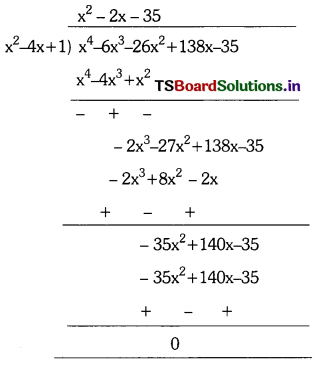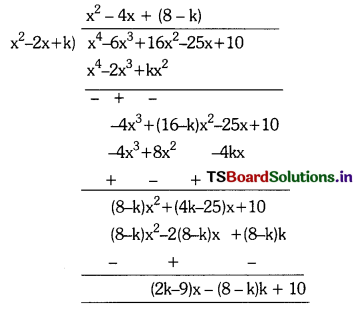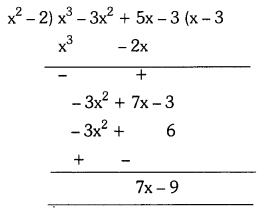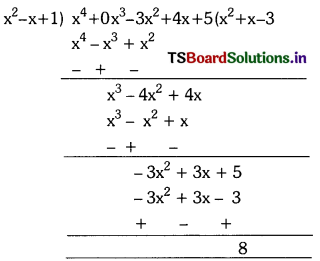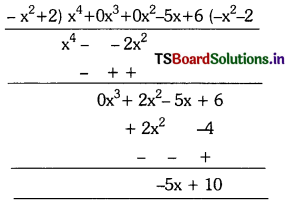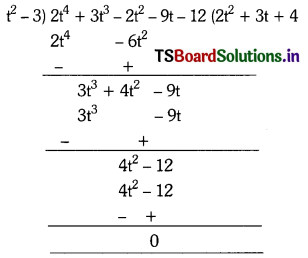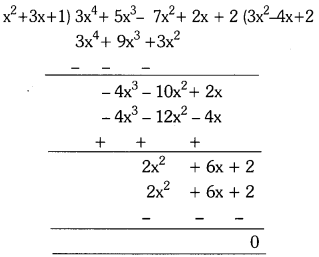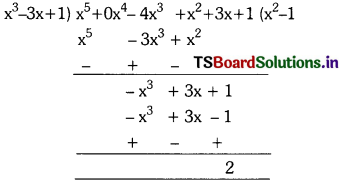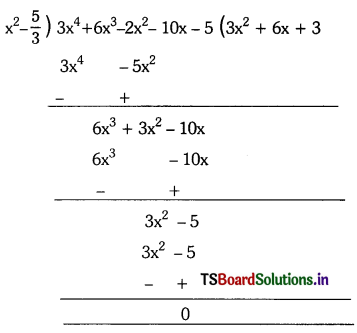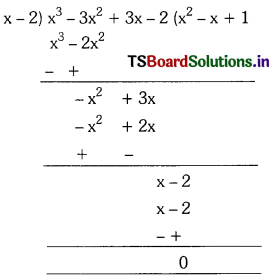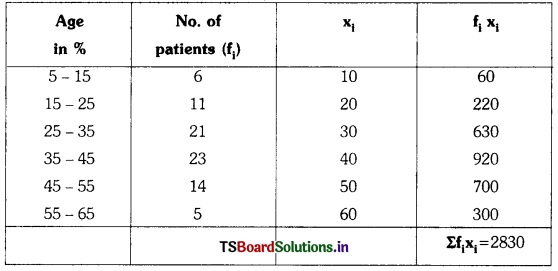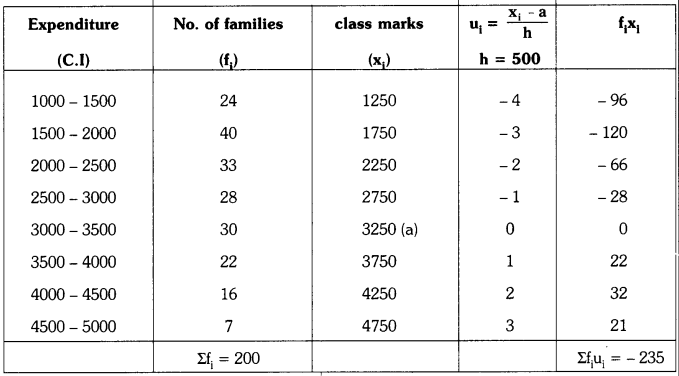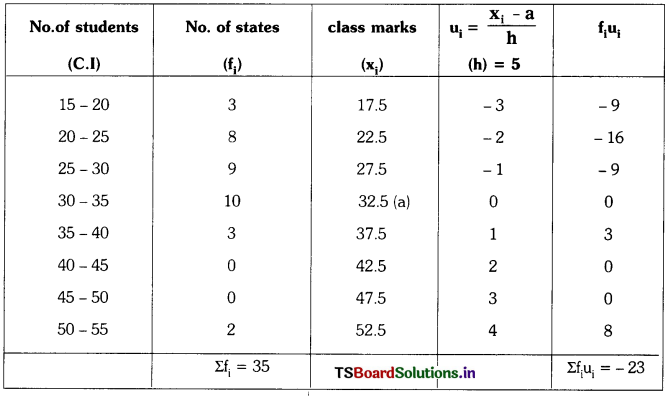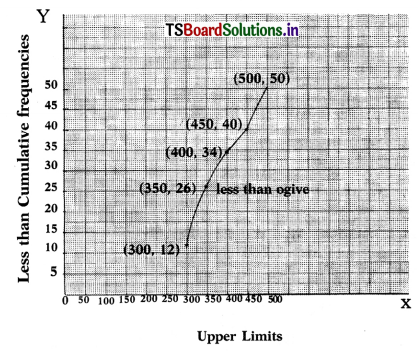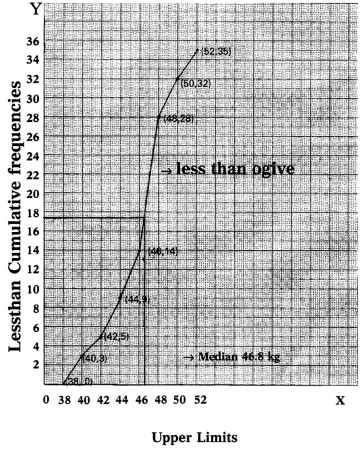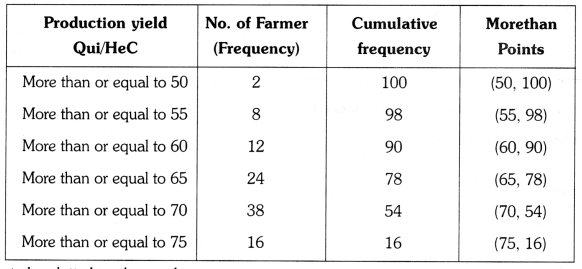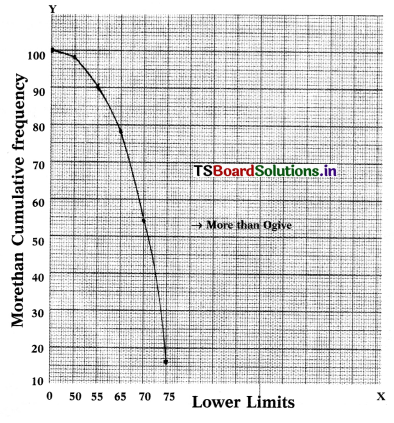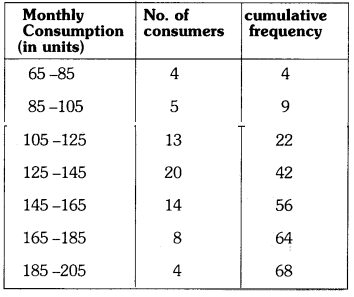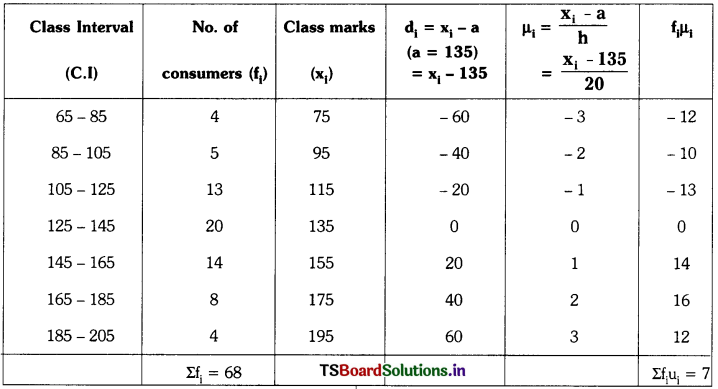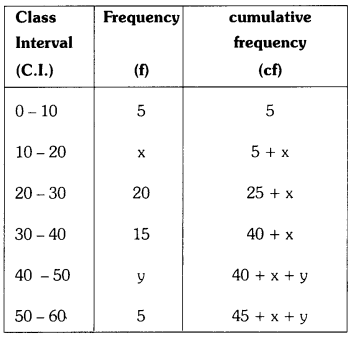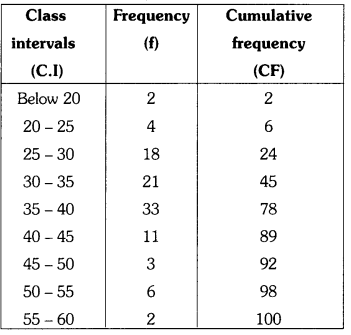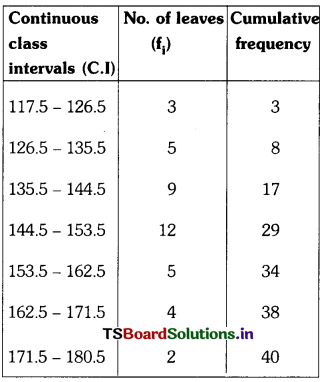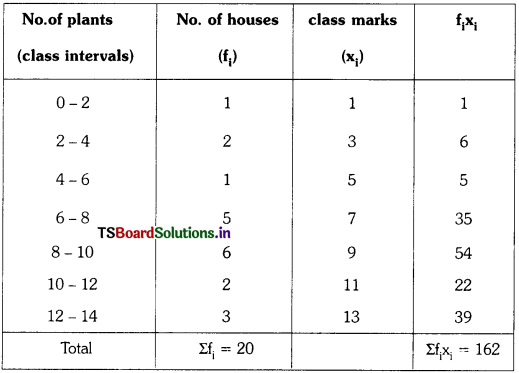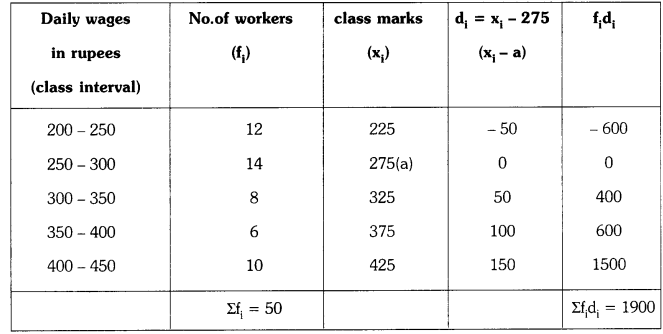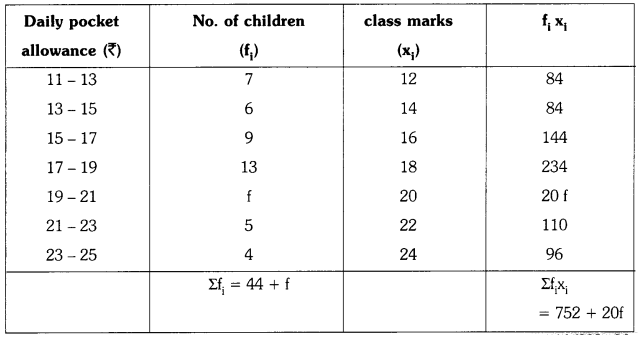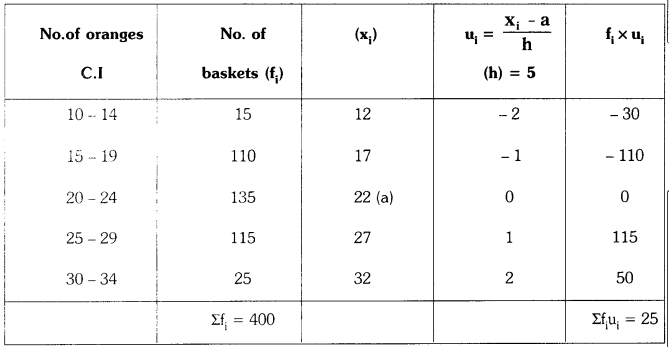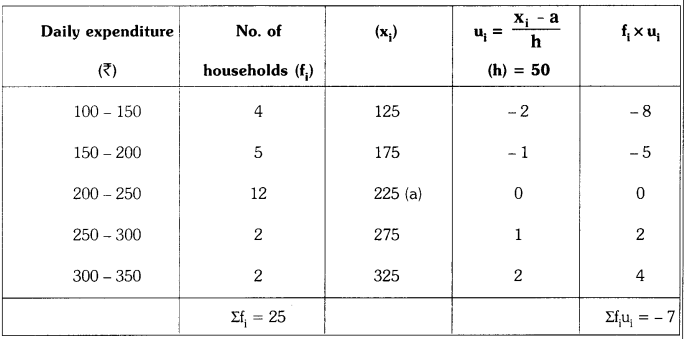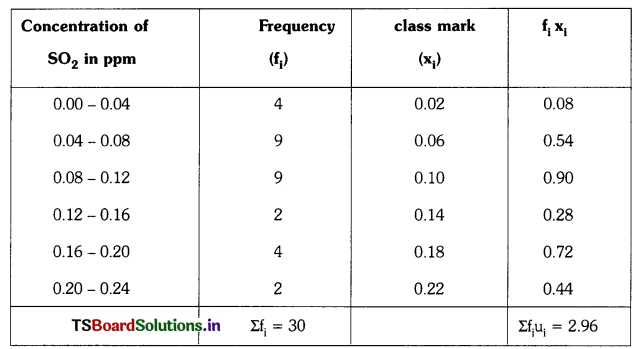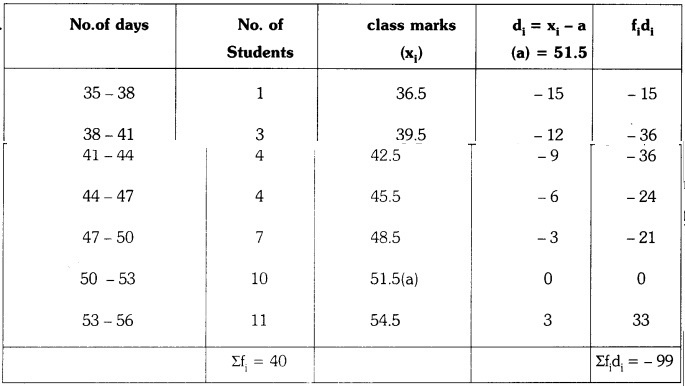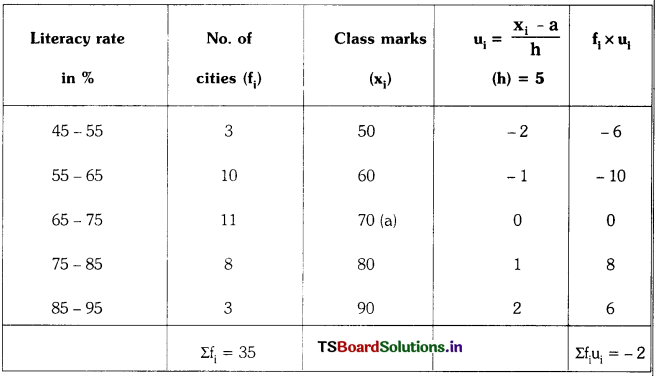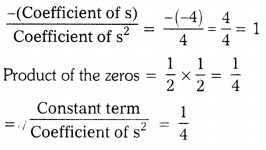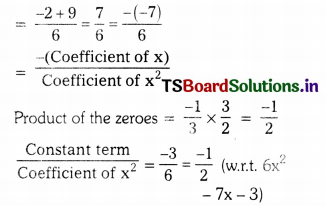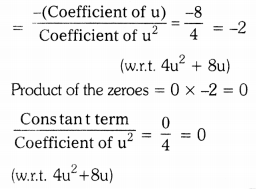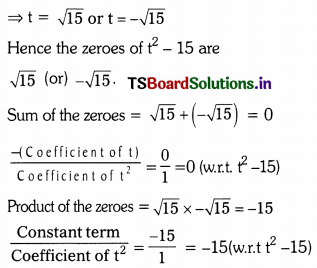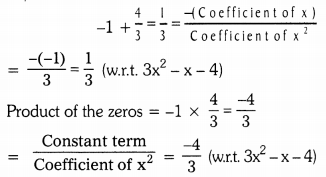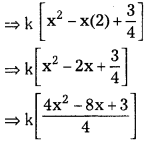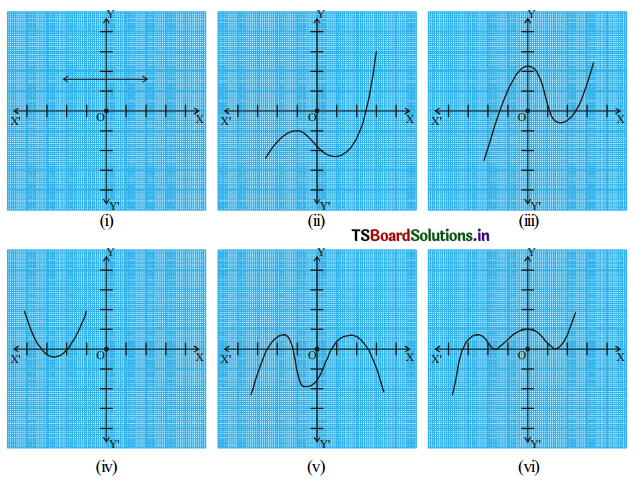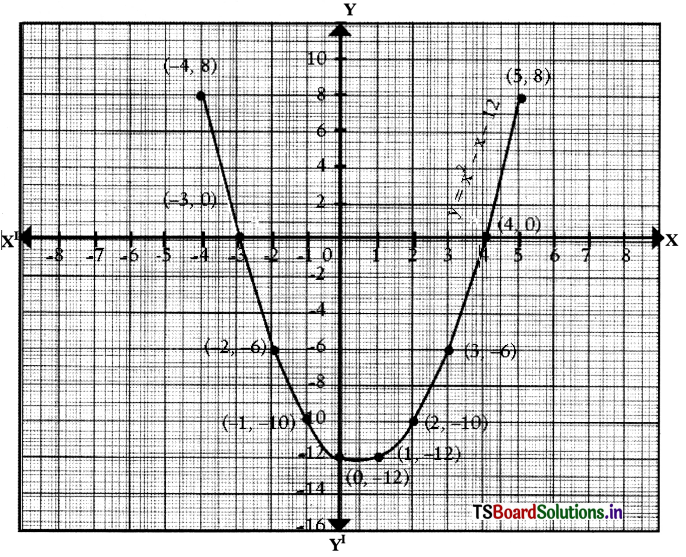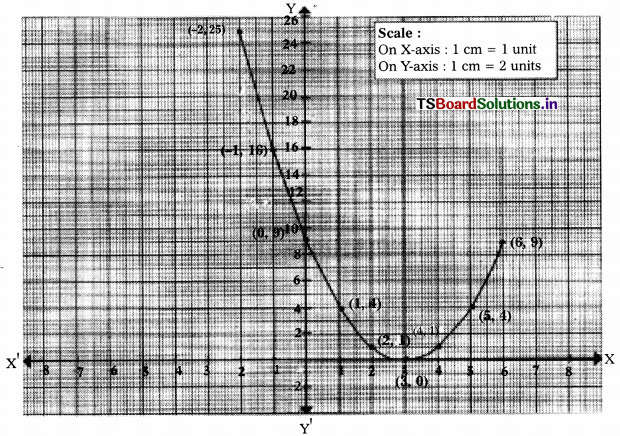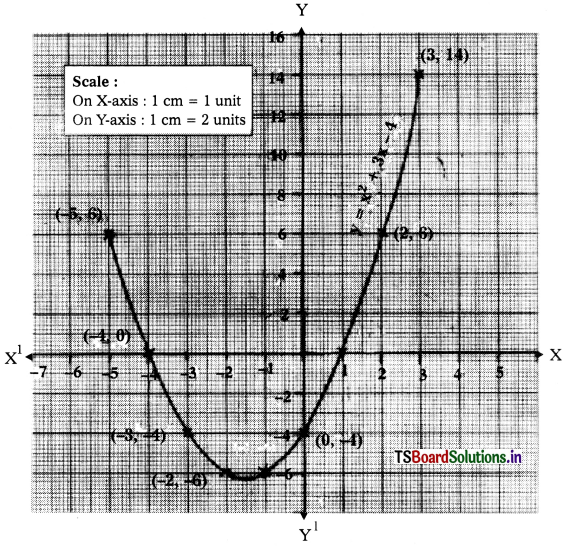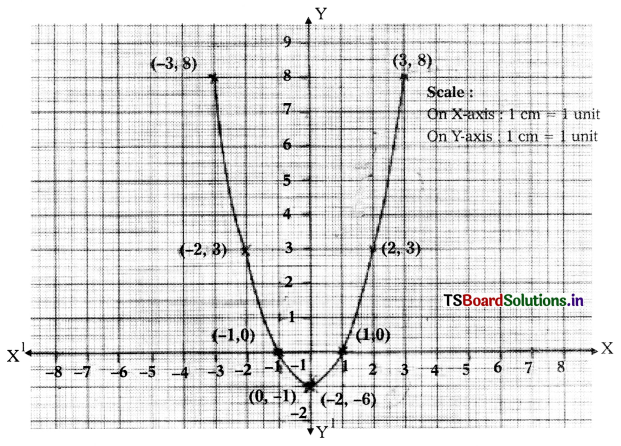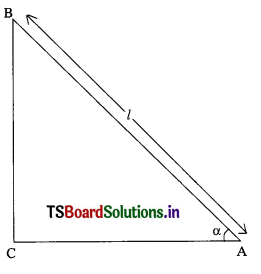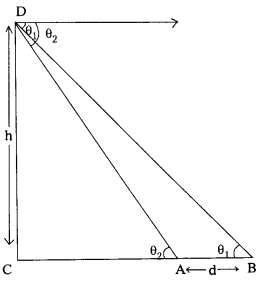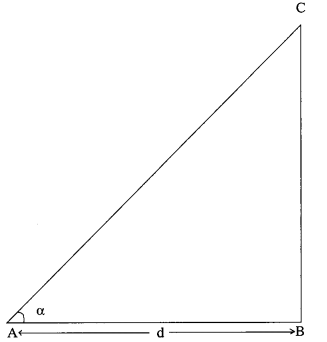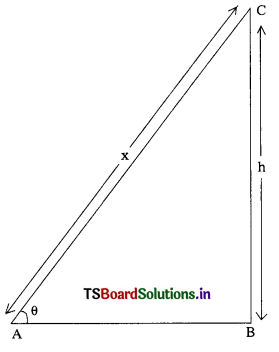Students can practice 10th Class Maths Textbook SSC Solutions Telangana Chapter 13 Probability Ex 13.1 to get the best methods of solving problems.
TS 10th Class Maths Solutions Chapter 13 Probability Exercise 13.1
Question 1.
Complete the following statements : (AS3)
i) Probability of an event E + Probability of the event ‘not E’ = ____________
ii) The probability of an event that cannot happen is _________ Such an event is called __________
iii) The probability of an event that is certain to happen is _________ Such an event is called _________
iv) The sum of the probabilities of all the elementary events of an experiment is _________
v) The probability of an event is greater than or equal to _________ and less than or equal to.
Solution:
i) 1
ii) 0, impossible event
iii) 1, sure (or) certain event
iv) 1
v) 0, 1
Question 2.
Which of the following experiments have equally likely outcomes ? Explain. (AS3)
i) A driver attempts to start a car. The car starts or does not start.
Solution:
Equally likely. Since both have the some probability = \(\frac{1}{2}\)
ii) A player attempts to shoot a basket ball. She! he shoots or misses the shot.
Solution:
Equally likely. Since both have the same probability = \(\frac{1}{2}\)
iii) A trial ¡s made to answer a true-false question. The answer is right or wrong.
Solution:
Equally likely. Since both have the same probability = \(\frac{1}{2}\)
iv) A baby is born. It is a boy or a girl.
Solution:
Equally likely. Since both the events have the same probability = \(\frac{1}{2}\)
![]()
Question 3.
If P(E) = 0.05, what is the probability of “not E” ? (AS1)
Solution:
Given that P(E) = 0.05
Probability of “not E” is denoted by \(\overline{\mathrm{E}}\)
P(\(\overline{\mathrm{E}}\)) = 1 – P(E)
= 1 – 0.05
= 0.95
Question 4.
A bag contains lemon flavoured candies only. Malini takes out one candy without looking into the bag. What is the probability that she takes out.
i) an orange flavoured candy ? (AS4)
ii) a lemon flavoured candy ?
Solution:
i) The bag contains lemon flavoured candies only.
(i.e.,) It does not contains orange flavoured candies.
So, the probability that she takes out an orange flavoured candy is ‘O’.
ii) Probability that she takes out lemon flavoured candy is 1 because the bag contains lemon flavoured candies only.
Question 5.
Rahim removes all the hearts from the cards. What is the probability of she takes out
i) Getting an ace from the remaining pack. (AS4)
ii) Getting a diamond.
iii) Getting a card that is not a heart.
iv) Getting the Ace of hearts.
Solution:
All the hearts are taken out of 52 cards.
Therefore, the remaining cards will be 52 – 13 = 39
i) The probability of getting an ace from the remaining pack.
= \(\frac{\text { Number of outcomes favourable to the event }}{\text { Total number of all possible outcomes }}\)
= \(\frac{4}{52}\) = \(\frac{1}{13}\)
ii) The probability of picking out a diamond
= \(\frac{\text { Number of outcomes favourable to the event }}{\text { Total number of all possible outcomes }}\)
= \(\frac{13}{39}\) = \(\frac{1}{3}\)
![]()
iii) The probability of getting a card that is not a heart.
= \(\frac{\text { Number of outcomes favourable to the event }}{\text { Total number of all possible outcomes }}\)
= \(\frac{39}{39}\) = 1
iv) The probability of getting the Ace of hearts.
= \(\frac{\text { Number of outcomes favourable to the event }}{\text { Total number of all possible outcomes }}\)
= \(\frac{0}{39}\) = 0
Question 6.
It is given that in a group of 3 students, the probability of 2 students not having the same birthday is 0.992. What is the probability that the 2 students have the same birthday ? (AS4)
Solution:
Probability that the 2 students have the same birthday.
= 1 – Probability that the 2 students do not have the same birthday.
= 1 – 0.992 = 0.008
Question 7.
A die is rolled once. Find the probability of getting
(i) a prime number ;
(ii) a number lying between 2 and 6 ;
(iii) an odd number. (AS1, AS4)
Solution:
Suppose we roll a die once. The possible out-comes are 1, 2, 3, 4, 5 and 6. Each number has the same possibility of showing up. So the equally likely outcomes of rolling a dice are 1, 2, 3, 4, 5 and 6.
i) Let E be the event of getting a prime number. Then the outcomes favourable to E are 2, 3 and 5 (prime numbers).
Therefore, the number of outcomes favourable to E is 3.
So, P(E)
= \(\frac{\text { No. of outcomes favourable to E}}{\text { No. of all possible outcomes }}\)
= \(\frac{3}{6}\) = \(\frac{1}{2}\)
ii) The numbers lying between 2 and 6 are 3, 4 and 5.
Let E be the event of getting a number lying between 2 and 6.
Then, the outcomes favourable to E are 3, 4 and 5.
Therefore the number of outcomes favourable to E is 3.
So, P (E)
= \(\frac{\text { No. of outcomes favourable to E}}{\text { No. of all possible outcomes }}\)
= \(\frac{3}{6}\) = \(\frac{1}{2}\)
![]()
iii) The odd numbers in the first 6 natural numbers is 1, 3 and 5.
Let E be the event of getting an odd number.
Then, the outcomes favourable to E are 1, 3 and 5.
Therefore, the number of outcomes favourable to E is 3.
So, P(E)
= \(\frac{\text { No. of outcomes favourable to E }}{\text { No. of all possible outcomes }}\)
= \(\frac{3}{6}\) = \(\frac{1}{2}\)
Question 8.
What is the probability of selecting out a red king from a deck of cards ?
Solution:
A deck has 52 cards.
Since the total number of cards is 52.
Number of all possible outcomes = 52
Let E be the event of getting a red king.
Then, the outcomes favourable to E are king of diamond and heart. Therefore, the number of outcomes favourable to E is 2.
So, P(E)
= \(\frac{\text { No. of outcomes favourable to E}}{\text { No. of all possible outcomes }}\)
= \(\frac{2}{52}\) = \(\frac{1}{26}\)
![]()
Question 9.
Make 5 more problems of this kind using die, cards or birthdays and discuss with friends and teacher about their solutions. (AS3)
Solution:
- A die is thrown once. Find the probability of getting a number less than 3.
- From a well shuffled pack of cards is drawn at random. Find the probability of getting a black queen.
- A die is thrown once. What is the probability of
a) Getting a number greater than 2 ?
b) Getting an even number ?
c) Getting a number between 3 and 6 ? - Two coins are tossed simultaneously. Find the probability of getting exactly one head.
- Raghu and Siva are friends. What is the probability that both will have
- Different birthdays ?
- The same birthday ? (ignoring a leap year)
- The king, queen and jack of clubs are removed from a deck of 52 playing cards and the remaining cards are shuffled. A card is drawn from the remaining cards. Find the probability of getting a card of
- Heart
- Queen
